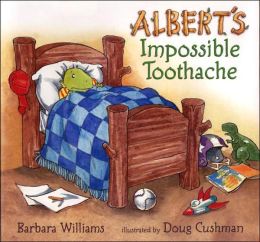The Benefits of Reading Aloud to Children (from Too Small to Fail)
Reading aloud to children from birth has many benefits for both parents and children—and can be great fun! No matter how young, children can learn a lot when they are read to, and benefit a great deal from the cuddling and bonding that accompanies a reading session. In addition, the act of reading aloud to children is highly beneficial to both their vocabulary growth and in preparing them for school later on.
Even from birth, children are absorbing language by listening to their parents and caregivers talk, read and sing to them and others. When parents and caregivers read to their children, they help instill a love of learning and language in their children that helps build self-esteem, confidence and curiosity. According to research by the National Institute of Child Health and Human Development (NICHD), reading has been found to be the “single most important skill” for a productive life.
Unfortunately, according to Read Aloud 15 MINUTES, only 48% of young children in the United States are read to each day. And studies have shown that as many as 10 million children struggle with basic reading in school.
Parents and caregivers can inspire a love of books in their young children by reading books together every day, in any language. And it doesn’t matter how young the child is; even newborn babies show interest and excitement when their parents read simple books to them as they cuddle or nurse them, or when parents describe the pictures in a book during a short play session. No matter the book—and no matter the age—children will learn to love reading if it means spending more time with loved ones.










